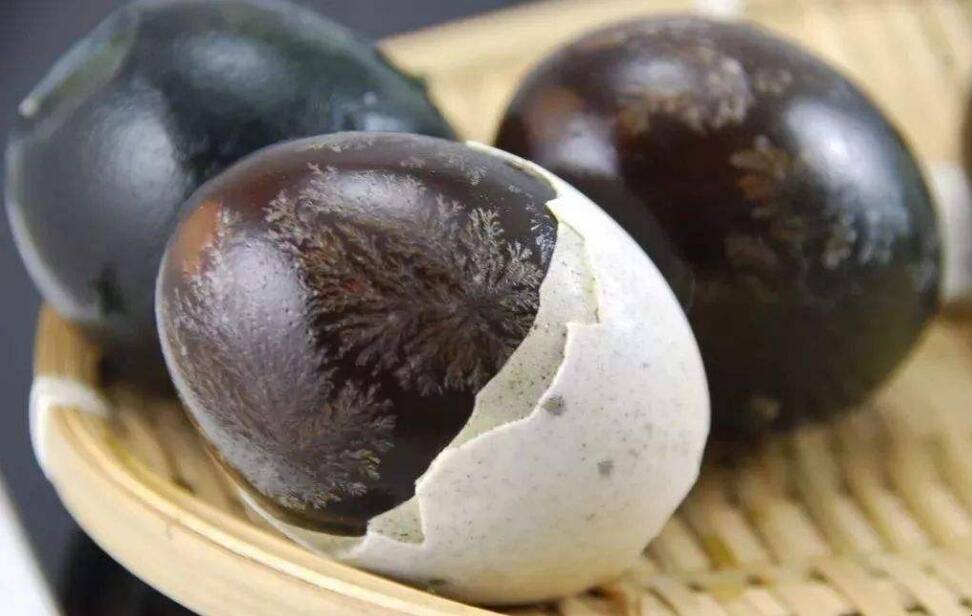The Thousand-Year-Old Mystery Solved
They look like something from a mad scientist’s lab – dark green yolks suspended in translucent brown jelly with snowflake patterns. Century eggs (also called thousand-year eggs or preserved eggs) might be China’s most misunderstood culinary export. But beyond their dramatic appearance lies a nutritional profile that might surprise you.
The Alchemy of Preservation: How Ordinary Eggs Transform
Traditional preservation involves:
- Coating duck/chicken/quail eggs in clay, ash, salt, quicklime, and rice hulls
- Aging for weeks to months (not centuries, despite the name)
- Chemical reactions that raise pH to 9-12, creating that distinctive:
- Amber-colored albumen (like savory Jell-O)
- Creamy, gray-green yolk (with umami punch)
- Ammonia aroma (stronger smell = more mature)
Food historian Dr. Wei Zhang notes: “Century eggs are nature’s chemistry set – turning simple eggs into complex flavor bombs through patience and science.”
The Good News: Unexpected Nutritional Benefits
1. Protein Powerhouse
- Same high-quality protein as fresh eggs
- More bioavailable amino acids after fermentation
- About 7g protein per egg (comparable to fresh)
2. Mineral Boost
- Higher in iron and selenium than fresh eggs
- Good source of phosphorus (for bone health)
- Contains zinc (immune support)
3. Digestive Advantages
- Predigested proteins may be easier to absorb
- Lower cholesterol oxidation than fried eggs
- Natural probiotics from fermentation
The Concerns: What Health Experts Note
1. Sodium Overload
- Can contain 150-300mg sodium per egg
- (About 10% daily limit in one bite-sized egg)
- Hypertension sufferers should moderate intake
2. Heavy Metal Questions
- Traditional methods may introduce trace lead
- Modern lead-free versions widely available
- Look for “lead-free” on packaging
3. Alkaline Alert
- High pH can irritate sensitive stomachs
- Best eaten in small quantities
- Avoid on empty stomach
How to Enjoy Them Safely
Smart Serving Ideas:
- Traditional: With pickled ginger and tofu
- Modern: In salads or avocado toast
- Fusion: As deviled egg alternative
- Comfort food: In congee or porridge
Nutritionist Mei Ling advises: “Treat century eggs like blue cheese – a little goes a long way for both flavor and health.”
The Verdict: Balanced Perspective
Century eggs aren’t health food nor poison – they’re a: ✅ Occasional treat (1-2 times weekly) ✅ Flavor amplifier (use sparingly) ✅ Cultural experience (worth trying properly)
As chef Marcus Tan wisely puts it: “Century eggs teach us that sometimes the most challenging flavors hide the greatest rewards – if we’re brave enough to try.”
So go ahead and take the plunge – that intimidating black egg might just become your new favorite ingredient. Just remember the golden rule: everything in moderation, even thousand-year-old eggs!
